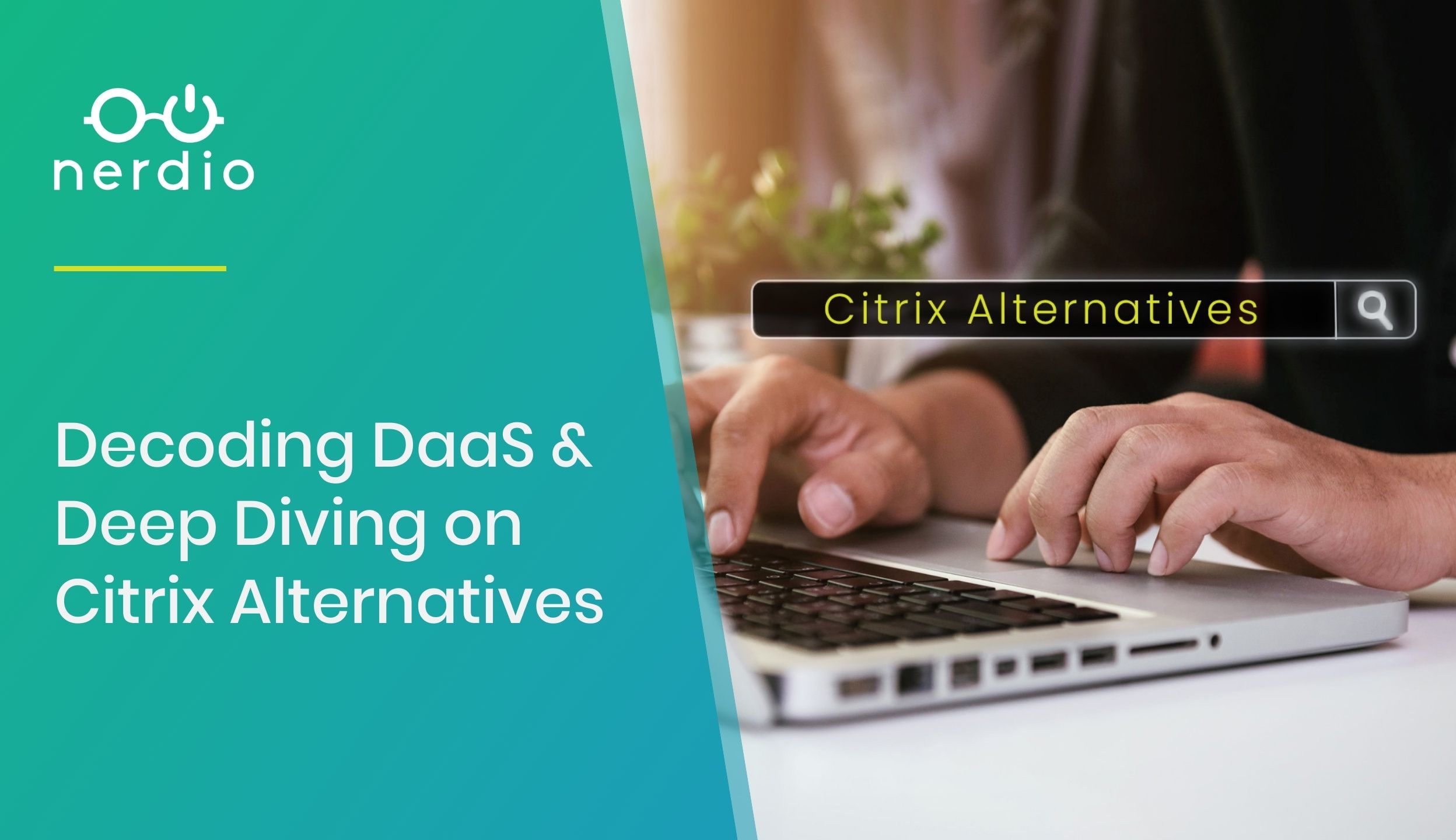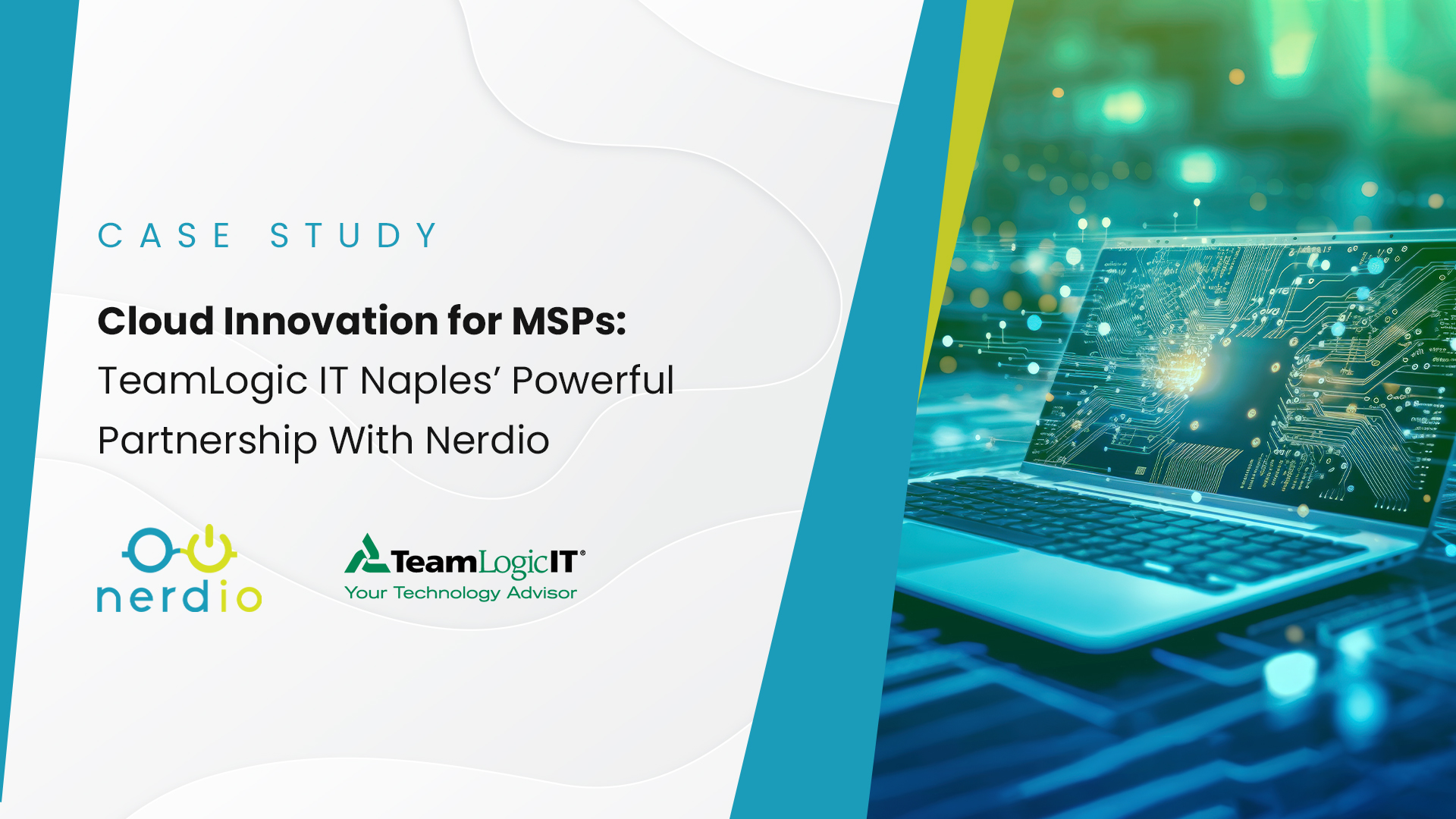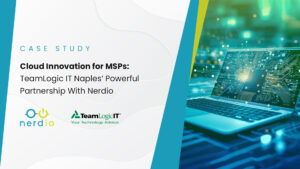Today is a big day for the world of technology and user productivity. Many may not see it as such and just dismiss Microsoft’s announcement of Azure Virtual Desktop (AVD) general availability as another feature innovation from their ever-evolving and growing Azure cloud. However, having been neck-deep in the virtual desktop industry for 20 years, I have a unique perspective on what this really means and what is likely to happen in the IT market in the coming years as a result.
The significance of the introduction of AVD to the IT industry is similar in scale to the introduction of color television to the entertainment and advertising industries. Not everyone got a color TV in their home immediately after it became available. They were expensive and not nearly as good as today’s devices. But who doesn’t have a color TV today? It has drastically changed media, entertainment and advertising. AVD is likely to have a similarly significant impact. I know, it’s a bold claim… but bear with me.
A History Lesson on Desktop Virtualization
Let’s start with some background and definitions. When we talk about cloud, we generally refer to our ability to store and access data via the internet from a system that is located elsewhere (e.g. Microsoft Azure, Amazon AWS, Google GCP). The cloud is very diverse and its capabilities are vast. However, today’s use of the cloud is primarily this – servers in the cloud store and process your data, you access this data from a physical device that runs some software to access and interact with this data. This could be a web browser like Google Chrome, an email app like Outlook, or even an entertainment app like Netflix. The concept is the same; you run the app on the local device, it connects to the cloud, pulls the data, and presents it to you.
Desktop Virtualization is a technology that allows one to create a virtual, portable instance of a Windows desktop rather than having it be tied to a specific physical device like your laptop. What’s the big deal,right? We’ve been virtualizing servers in this way forever (or 15 years or so), but it’s important to note that desktops and servers serve (no pun intended) very different functions. Servers store and process data. Desktops are your personal computing environment where you run personal applications, which then connect to the data on the servers.
When you combine desktop virtualization and the cloud, a new world of possibilities emerges. Your personal, customized Windows environment with all your applications like Word, PowerPoint, QuickBooks – and everything else you run on your desktop – can now be detached from any one physical device and live in the cloud. Doesn’t that sound magical? Imagine being able to have your own personal computing environment and customized settings follow you no matter where you are. Same look and feel, same applications, same settings – your custom desktop with you everywhere.
It sounds great, you may be thinking, but this is nothing new. Desktop virtualization and cloud are well-established technologies that have been around for a while now. There are many technologies that promise “your desktop, anywhere, anytime”.
The Current State of Desktop Virtualization Adoption
There are already existing players in the virtual desktop space – Citrix, VMware, RDS – just to name a few. Still, desktop virtualization makes up a tiny fraction of the total Windows desktop market. If it’s so wonderful, why hasn’t it taken off and why doesn’t everyone use a virtual desktop? Answering this question will help us appreciate the significance of Azure Virtual Desktop and its potential impact on the market.
Let’s start answering this question by realizing that desktop virtualization is all about Microsoft Windows. Windows is the de-facto operating system used in the business world for user productivity at work, and Microsoft Office is the suite of applications that is used by the vast majority of the corporate world. There are literally billions of Windows devices used for work around the world.
Microsoft’s operating system and productivity applications are, as Microsoft likes to say, empowering every person and organization on the planet to do more. With this context in mind, desktop virtualization is not about the iOS or Android device you have in your pocket to check sports scores, browse Facebook, and shop on Amazon. It is about the computer you use Monday through Friday 9am to 5pm (do people still work these hours?) to get your work done. It allows you to get your work done from anywhere at any time on any device by giving you access to all the same tools that you have in the office. Essentially, desktop virtualization is for work as the digital revolution was for fun in providing new experiences that aren’t dependent on location.
Unanimously, people can agree that working remotely is great and indicative of the workplace of the future, which is what virtual desktops provide. However, most IT leaders haven’t embraced this computing model. Why? Some of the common reasons have to do with technological limitations. Many will say it is expensive, slow, not compatible, restrictive, users don’t like it, etc. And some of these are valid, which is why few companies have taken on the challenge of trying to build a virtual desktop world, which explains why virtual desktops make up such a small fraction of the total desktops out there.
I would argue, however, that the above reasons aren’t the primary impediment to a virtual desktop world. For many years Microsoft has been quiet on the subject and at times even “discouraging” of such a world. Licensing of Microsoft software for virtual desktops has been the most telling indicator of the company’s reluctance to create such a world. For almost two decades Microsoft made it very challenging and expensive to replace physical desktops with virtual ones – not impossible, but difficult.
Why is Azure Virtual Desktop Such a Big Deal?
Azure Virtual Desktop changes all that! Microsoft now believes that the factors contributing to building a virtual desktop world are all in place. The cloud infrastructure is robust enough, the connectivity is ubiquitous, applications are compatible and user experience is as good or better than on physical devices. Even at launch, AVD knocks down most of the existing barriers to virtual desktops in the cloud and it will only get better as time goes on, and fast.
AVD introduces:
- A new version of multi-user Windows 10 that reduces infrastructure costs
- Integrated FSLogix profile containers for truly personalized user experience
- AVD licensing at no additional charge with products that most businesses already use
- Platform-as-a-Service (PaaS) offering for AVD Management Service which reduces the complexity of managing the “plumbing” of virtual desktop environments
Microsoft has also made virtual desktops front-and-center for other Modern Workplace initiatives. Office 365, Managed Desktop, and Azure teams are all working together with the AVD team to build a unified, consistent user experience – something that wasn’t the case in the past.
I have been in the desktop virtualization space for almost 20 years, starting my career with Windows NT Server 4.0 Terminal Server edition and Citrix Winframe. I’ve had the vision for a virtual desktop world for 15 years now and prior to Nerdio I actually built a company that delivers on this vision for hundreds of companies around the world. Building it was a challenge and the feeling that Microsoft was working against us all those years ago was not a rare occurrence. Some told us we were ahead of our time and they may have been right, but only to a degree since we succeeded. Now I couldn’t be more thrilled to see that Microsoft is on board and is working alongside us in building a virtual desktop world. Azure Virtual Desktop is no longer ahead of its time and is a true game-changer.
So while many will see the announcement of AVD as just another cloud-based desktop virtualization option alongside Citrix, VMware and others, I see it as the beginning of a true shift towards the virtual desktop world with increased user productivity, lighter administration burden for IT, and reduced support and maintenance costs for organizations across the world. It won’t happen overnight, but with Microsoft’s support and leadership it will happen over the course of several years. After all, Microsoft stands to benefit significantly from this shift. By moving the Windows 10 operating system into its Azure cloud platform, Microsoft will realize a drastic increase in Azure utilization –which is the company’s goal.










